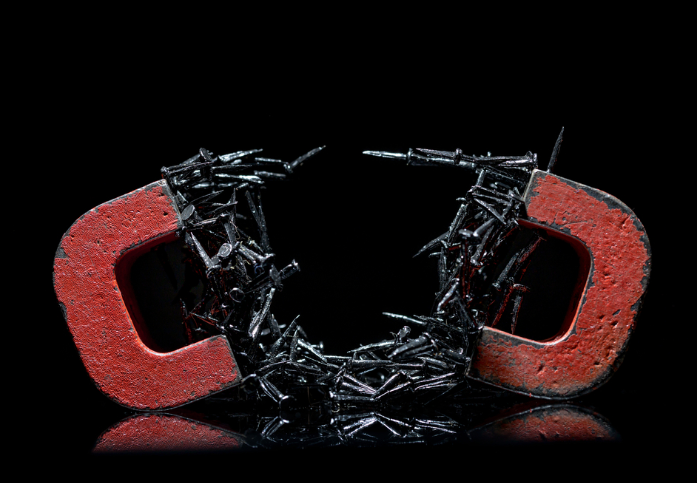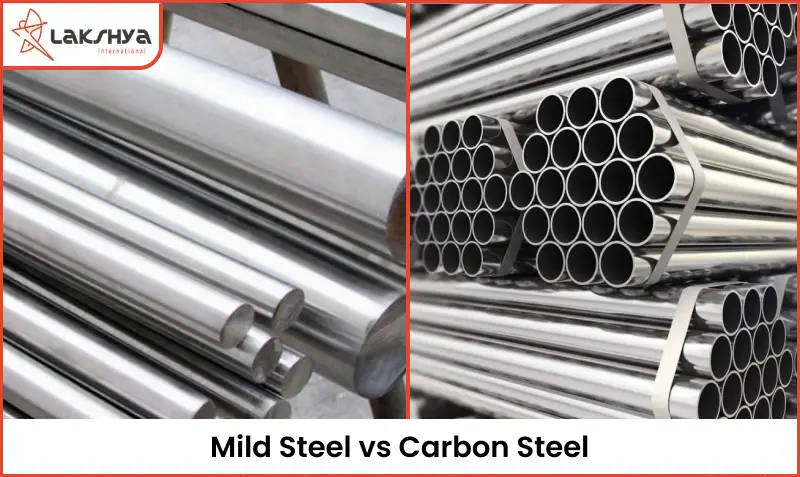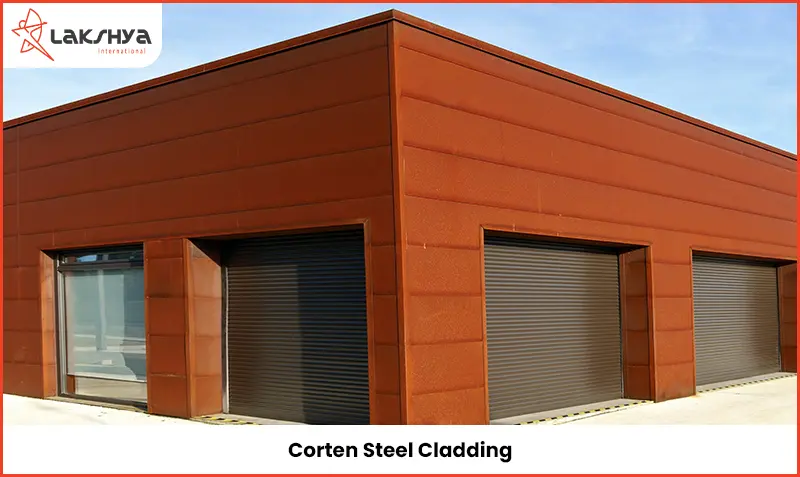Stainless steel is a type of metal that doesn’t rust or break down easily. It is also not magnetic, which means a magnet won’t stick to it. But what is it that doesn’t make stainless steel magnetic? Let’s find out what this has to do with science.
Iron, chromium, nickel, manganese, and other things make up stainless steel. Because stainless steel has chromium in it, an oxide layer doesn’t form on its surface. This is called “passivation.” Passivation stops corrosion from happening again by putting a thin film on the surface that keeps oxygen from getting to the metal underneath. Stainless steel gets its name from this film because it “passes” or gets stained less than other metals.
A big part of what makes stainless steel not magnetic is that it has chromium in it. When chromium is mixed with iron, nickel, or manganese, the resulting alloy has a low magnetic permeability. This means that it doesn’t get magnetized easily when it’s in a magnetic field. Even at very high temperatures, some stainless steels aren’t magnetic at all, while other metals that are ferromagnetic would be very magnetized.
There are also small amounts of carbon in stainless steel, which makes it even less magnetic. This is because the carbon creates weak spots in the alloy that disrupt the flow of electrons and keep them from lining up in a way that would make permanent magnets. This means that while some stainless steels can become slightly magnetized in extreme conditions (like very high temperatures), they quickly lose their magnetism when those conditions are removed and they cool down again.
Conclusion:
In conclusion, stainless steel is not magnetic because it is made up of iron, chromium, nickel, manganese, and other elements that work together to make an alloy that is not easily affected by magnets. Carbon makes weak spots in the alloy, which disrupts the flow of electrons and stops them from forming permanent magnets. This makes any remaining magnetism even weaker. Because of this, stainless steel is a great choice for situations where corrosion resistance is very important or where electrical parts might come into contact with strong magnetic fields or high temperatures. Knowing why stainless steel is not magnetic can help you choose the right type of metal for your project.
Read More :
Different Types Of Steel Plates Used For Construction: One of the common building materials in the modern world is steel plates. The term “steel plates” refers to a grouping of two parallel steel sheets joined together by welding or tie bars.
What Methods Of Heat Treatment Are Utilized In The Production Of Steel?: The oil and gas industry employs a wide range of advanced techniques. One such crucial technique is the use of heat treatment. It is an essential stage in the creation of a number of materials used in the oil and gas industries.




